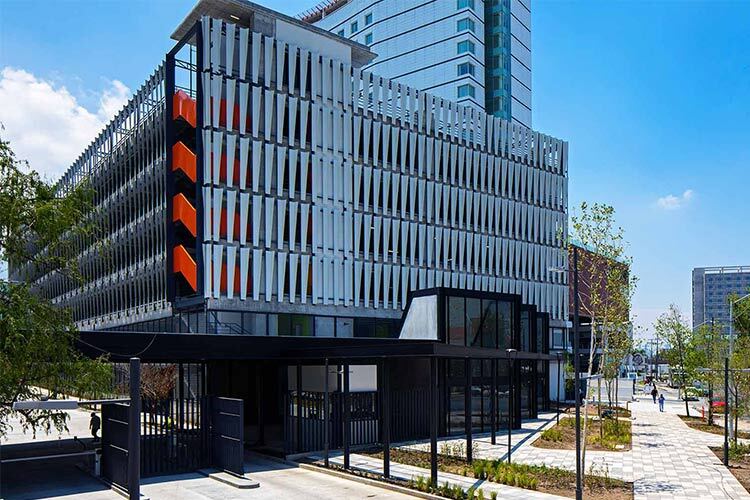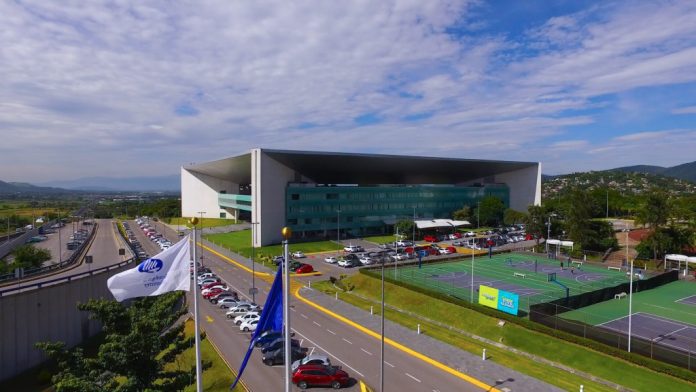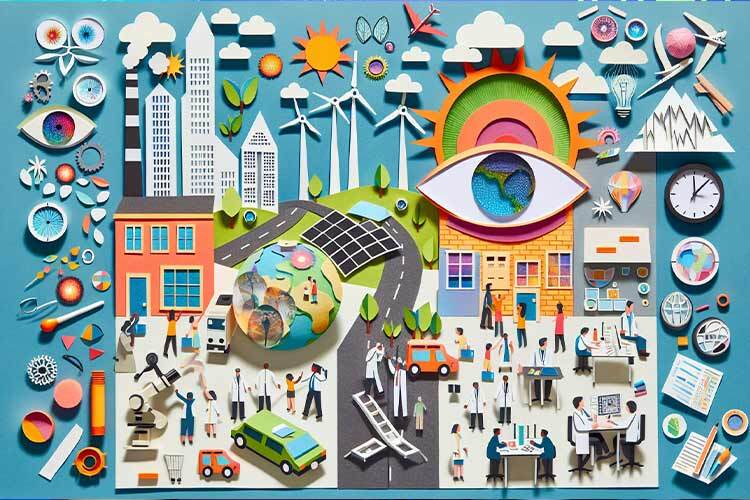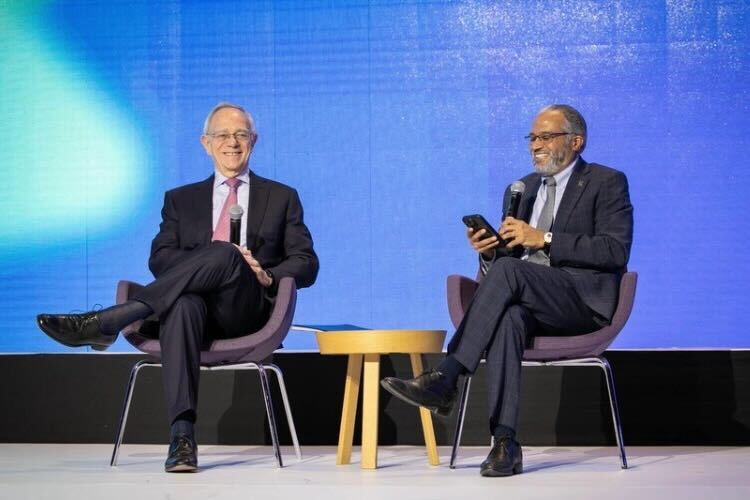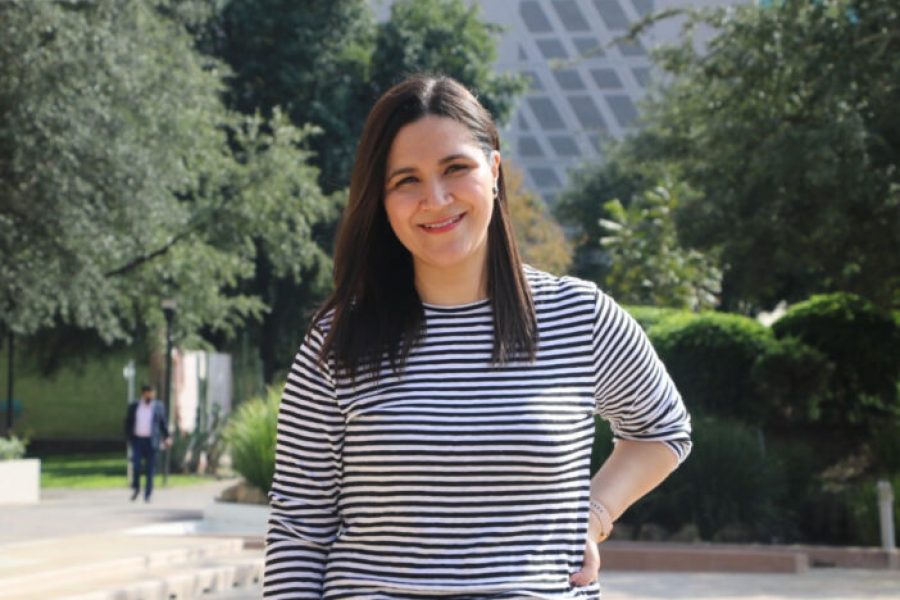Rainfall has decreased in some regions of Mexico. For example, the National Water Commission (CONAGUA, in Spanish) reported 2.7% less rainfall than the annual average in 2020. However, rainwater harvesting continues to be an opportunity for taking steps toward sustainability, specifically to disconnect buildings from the water networks of cities.
Miguel Ángel López Zavala, a professor at Tec de Monterrey’s School of Engineering and Sciences, has created an applied research project to collect rain and recycle graywater from washbasins, drinking fountains, and other sources. The project’s goal is to make it possible for buildings to become self-sufficient and independent of the city’s water system.
The centerpiece of this project is the H2 Off Grid building, a self-sustaining parking building located on the Tec’s Monterrey campus. In addition to conserving water, Miguel Ángel claims that it leads to cost savings, which will enable the project’s financial investment to be recovered in five to six years.
The researcher has produced a report explaining how they use a system to evaluate a building’s water use, local rainfall collection, the viability of such initiatives, as well as the potential to replicate them in other areas.
Disconnecting a building from the water grid in Monterrey
In 2018, Miguel Ángel López began working on the H2 Off Grid building project at the Tec’s Monterrey campus.
The goal of the project was to integrate sustainable technology into the structure that would have an effect on sustainability and could then be duplicated both on and off campus, in other organizations, and even entire cities.
Its focus was not only on reducing the consumption of fresh water, which the university campus mainly obtains from deep wells, but also on lowering wastewater production and utilizing rainfall as a secondary supply.
The researchers interviewed students, professors, and coworkers in order to learn more about the production of graywater, which includes water from washbasins, showers, and washing machines but excludes water from toilets and urinals.
Additionally, they looked at the region’s rainfall totals during a 30-year span from 1984 to 2014, omitting unusual events like hurricanes.
The strategy to find the best methods for water treatment, such as removing contaminants, was also created based on the research.
For example, the objective in the case of rainwater was to remove sulfur oxides and microbiological pollutants, but the goal in the case of graywater was to eliminate chemicals from detergents and soaps.
Rainwater and graywater treatment, the self-sufficiency strategy
The next step, explains Miguel Ángel, was to install water collection and treatment equipment in the building, which is currently operating separately from the water grid, although it is prepared in case collection and treatment are insufficient.
In semi-arid areas like Monterrey and northern Mexico, the study suggests that collecting rainwater alone might not be enough to make a building self-sustaining, but combining this with graywater recycling increases supply by 1.8 times.
The use of water was cut by 48% and wastewater production was reduced by 59% in the particular case of the H2 Off Grid building. This has an impact on economic performance as well, with a projected return on investment of up to 14.4%.
Miguel Angel has already used this technique in Mexico City, where he claims there is enough rainfall to supply a building by turning areas like rooftops or terraces into rainwater collection centers.
In this other project, rainwater collection alone made it possible for a transportation company in the capital to be self-sustaining.
“The plan is for such efforts to be repeated across all Tec de Monterrey campuses as well as in locations outside of academic institutions, including public buildings or even people’s homes. Up to 70% of water use may be reduced by putting recycling and collection systems in these places,” says the professor.
In addition to the researchers, the Water Center for Latin America and the Caribbean, the Distrito Tec urban regeneration initiative, and the FEMSA Foundation worked together on this project as well.
The building additionally incorporates ambient humidity condensation technology and is set up to support solar panels, with a focus on long-term sustainability in the energy sector too.
